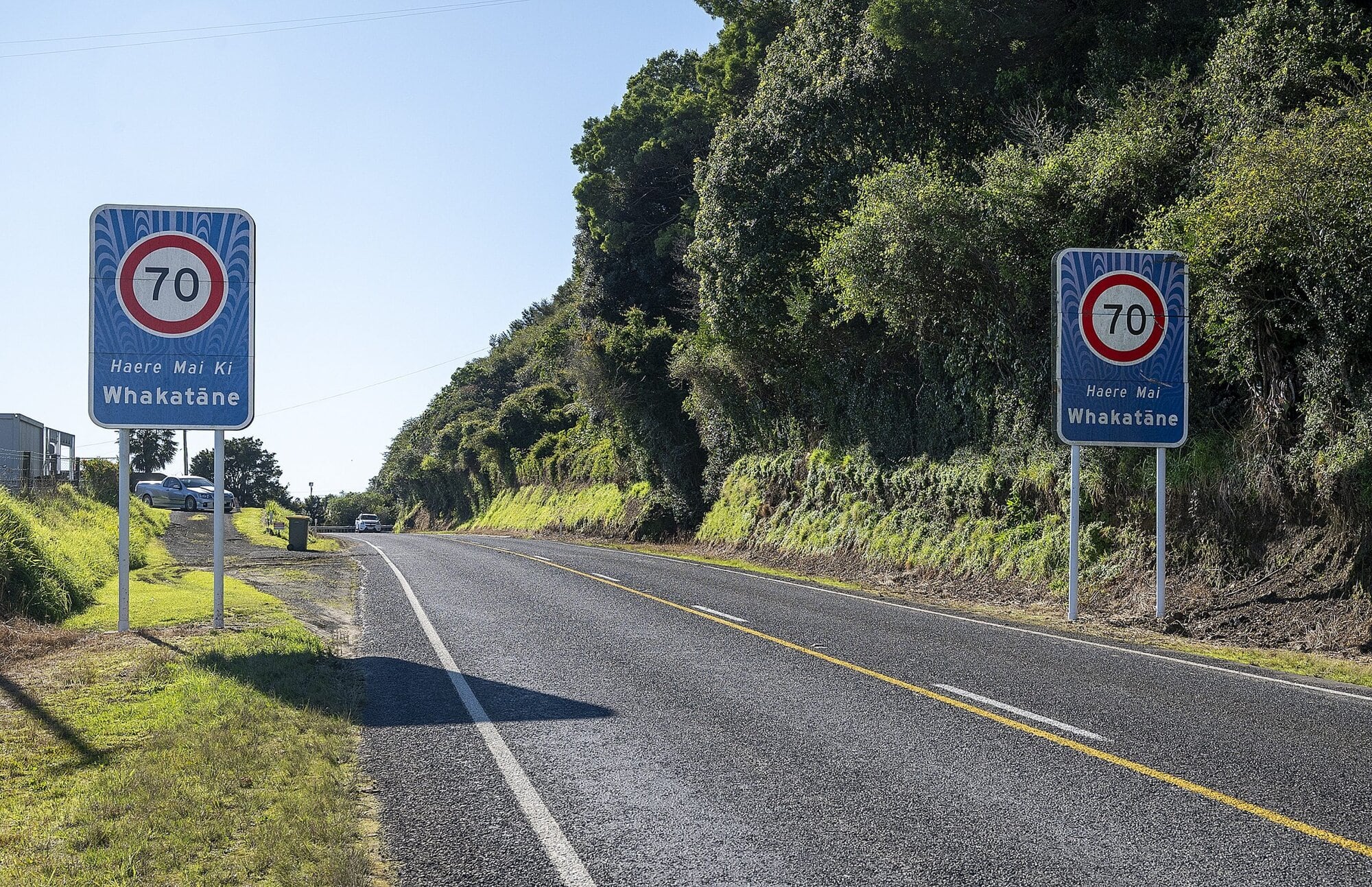Most of the 17 speed limit reductions recommended to Whakatāne District Council have been approved by the council’s infrastructure and planning committee.
Only the reduction of Valley Rd from 70km/h to 50km/h was not given a go-ahead.
The committee’s recommendation flies in the face of most submissions to the speed changes that councillors considered at their meeting on Thursday.
The council carried out formal consultation in May and June and received 126 submissions, most of which were opposed to speed reductions.
The number of submissions received on each of the roads consulted on varied between 28 and 85.
Only two roads received a higher percentage of approval than opposition.
These were Shaw Rd, where a new residential subdivision has been developed, being changed from 100km/h to 50km/h, and 570m at the northern end of Thornton Beach Rd around the carpark and boat ramp, being reduced from 50km/h to 30km/h.
However, submissions were only one of several factors the councillors needed to consider, including staff recommendations that the speed reductions proceed.
A variety of factors were assessed when determining appropriate speeds, such as guidance from central government, adjacent land use and traffic volumes, the area’s crash history and whether speed changes were likely to have an impact on injuries.
In many cases, councillors made decisions informed by their own knowledge of the area.
Although the public was opposed to speed reductions in some cases, those most affected, such as regular users or nearby residents, were in favour of them.
Some of the roads, such as West End Rd and Thornton Rd, had also been the subject of deputations to council by residents and frequent road users asking for lower speed limits.
Tu O’Brien spoke strongly in support of a speed reduction from 100km/h to 50km/h on a 325m stretch of Te Teko Rd, south of Okaahu Rd, saying it was a recommendation of the Te Teko Residents Association.
“All our marae are within that space. We often have tangihanga there. Often, they carry the tūpāpaku along the road.”
Councillor Gavin Dennis spoke about an occasion that had been raised at a residents’ association meeting where a person in a wheelchair attending tangihanga was nearly hit by a car.
The verge had not been wheelchair accessible, so they had to go on the road.
He also highlighted an accident on Thornton Rd Bridge between Eastbank Rd and Westbank Rd intersections just last week, to support making this a 70km/h stretch of road.
Councillors gave indicative votes as to which roads they supported having reduced speed limits and while many of the votes were close, only the speed reduction on Valley Rd failed to be supported by the majority.
Transportation manager Ann-Elise Reynolds said while public feedback played an important role in shaping decisions, the council also relied on elected members to speak on behalf of their communities, balancing local insight with broader safety, planning, and wellbeing considerations.
“In some cases, this has meant making decisions that don’t fully align with consultation feedback - but with public safety as the priority, these changes are about protecting lives and creating safer roads for everyone.
“We know that even small reductions in speed can make a big difference in the outcome of a crash. These changes are about protecting lives, especially in areas where people walk, cycle, or live close to the road. It’s a practical, cost-effective way to make our roads safer for everyone.”
She said in the 2024/25 financial year, the district experienced a 44% increase in deaths and serious injuries on local roads. The estimated economic cost of these crashes was $41.5 million.
She also pointed out national research showing even modest speed reductions could significantly reduce the likelihood and severity of crashes.
A 2024 Waka Kotahi economic review found that speed reductions implemented between 2020 and 2023 resulted in 27 fewer deaths and serious injuries a year, with benefits outweighing travel delays by a factor of two to 10.
The committee’s recommendations will go forward to a full council meeting for adoption and are expected to be implemented early next year.
The total cost of implementation is estimated at $165,000, to be financed from existing council budgets. This includes $45,000 for electronic signage at high-risk intersections.
In future, local speed limits will be reviewed every three years, replacing the previous ad hoc approach. This will provide clearer timeframes for communities and enable timely responses to emerging safety issues or land use changes.
LDR is local body journalism co-funded by RNZ and NZ On Air.




0 comments
Leave a Comment
You must be logged in to make a comment.